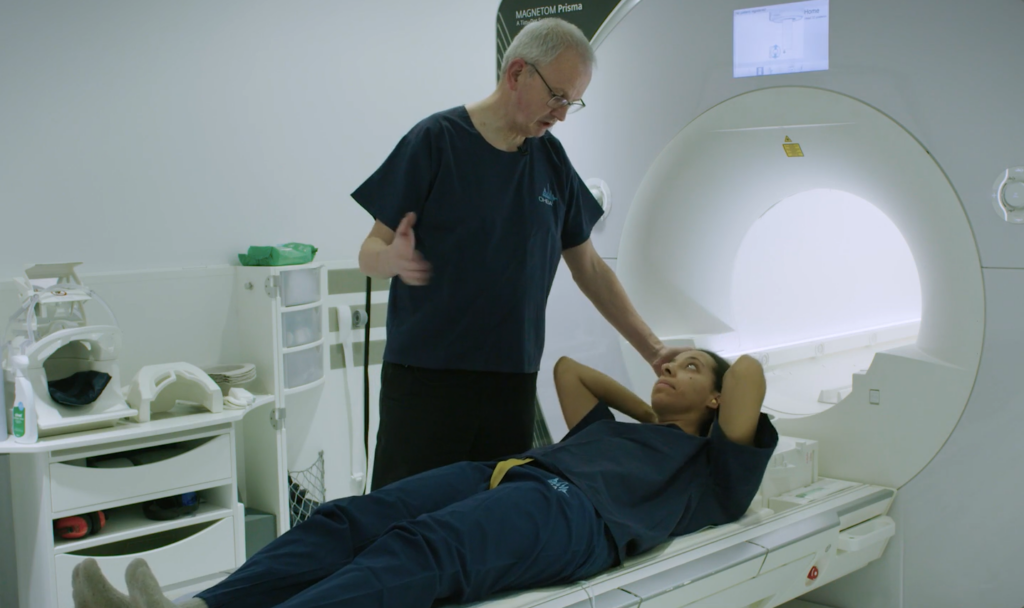Oxford BRC-supported researchers have produced videos aimed at increasing the diversity of participants taking part in brain imaging research studies.

These ‘what to expect’ videos are part of a wider project by the BRC’s Imaging Theme and the University of Oxford’s Wellcome Centre for Integrative Neuroimaging (WIN) to create a range of web-based content to improve engagement with prospective participants and lower the barriers to participating in research.
The project received support from the Oxford BRC Director’s Fund, with money specifically earmarked for Equality, Diversity and Inclusion initiatives by its research themes.
The videos and other resources produced as part of the project have been co-developed with public and patient involvement (PPI) contributors, who have been consulted throughout the process.
The team at WIN carried out an exercise prior to the project in which patients and members of the public from underrepresented groups identified factors that prevent people in their communities from participating in imaging research.
“They explained that giving people an understanding of what a visit entails prior to the appointment via online resources such as videos would be a great way to encourage research participation from wider groups,” said Professor Heidi Johansen-Berg, Director of the WIN.
“In these videos, we were eager to show that research is open to everyone and that anyone coming to the WIN to take part in a study will be welcomed. One video shows the step-by-step process of what it’s like to have an MRI scan when you are participating in a research study, while another includes honest but reassuring insights from people who’ve been through that process.”
The intention was for the video resource to be useful for participants who have never had an MRI for research before or are nervous about having a scan. Having been informed by a diverse range of contributors, the content addresses questions that might not have occurred to the researcher, such as the availability of scanner-safe headscarves or how to wear your hair in the scanner if you have braids, cornrows or dreadlocks.
The Oxford BRC’s Equality Diversity and Inclusion Manager, Mili Kalia said: “This project will serve as a model for the co-development of these kinds of engagement resources with PPI contributors, fostering trust, good relations and more inclusive engagement and participation between clinical research and the wider public. While the follow-up impact assessment will enable us to share learnings and continue to improve the quality of the research.
“We hope that these resources can be replicated or adapted across other imaging centres, and that this co-production approach to engagement adopted by other BRC themes.”
